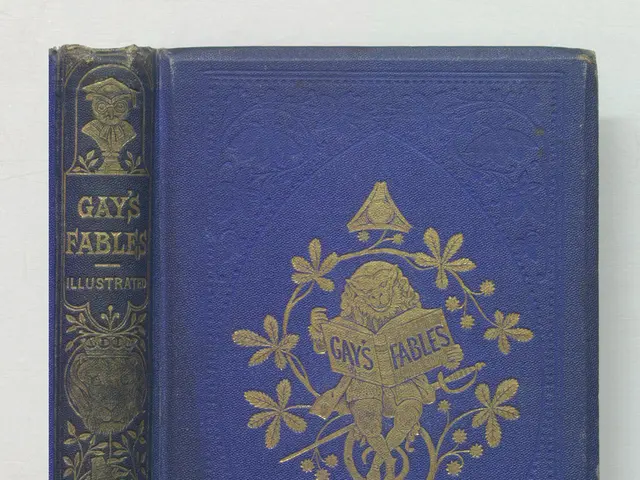Painting Medium Decision: A Novice's Perspective - Watercolor vs Acrylic
Starting out in the world of painting can be an exciting yet daunting task, with a plethora of mediums to choose from. Two of the most popular choices for beginners are watercolor and acrylic paints. Each has its unique advantages and disadvantages, making the choice between them a personal one based on artistic style, workspace availability, and material costs.
Watercolor Pros
Watercolor paints are a great starting point for beginners due to their fluidity and transparency. This quality allows for simple blending and layering techniques without the need for heavy materials. The medium encourages learning color flow dynamics and spontaneous effects, which can be fun and inspiring. Watercolors mix naturally with water and create a luminous, soft effect that many beginners find appealing.
Another advantage of watercolor is that it requires fewer materials. Essential supplies include watercolor paper, brushes, and a palette. The clean-up process is straightforward, making it a more convenient choice for those with limited space or time. Watercolors are also flexible with mixed media; they can be combined with pencils, ink, pastel, and even acrylics as overlays.
Watercolor Cons
However, watercolor can be less forgiving than acrylics. Mistakes are harder to fix since corrections require reworking mostly transparent layers. Additionally, controlling water and pigment carefully is crucial, which can be challenging initially. Paper quality is also important; low-quality paper may warp or not handle the paint well.
Acrylic Pros
Acrylic paints dry quickly, enabling rapid layering and corrections. This quality is beneficial for beginners wanting faster results. Acrylics are versatile in texture, allowing artists to create varied textures and effects, including smooth glossy finishes or rough textures. Acrylic paints also provide more durable and vibrant colors that don’t fade when dry.
Acrylics are more forgiving than watercolors in certain situations, as mistakes can often be painted over or adjusted with additional layers. This ease of correction can be a significant advantage for beginners.
Acrylic Cons
Fast drying can be tricky for blending, requiring quick work or the use of retarders/mediums to extend drying time. Colors can darken or shift slightly as they dry, which can confuse beginners when mixing colors. Acrylics also require more materials like brushes and can be messier than watercolor due to paint thickness.
Making the Choice
Choosing between watercolor and acrylic paints depends on personal preferences and artistic goals. If you prefer a lighter, more spontaneous style with watercolors, their fluid and atmospheric quality might appeal to you. On the other hand, if you're drawn to more versatile, textural, and fast-drying properties, acrylics might be the better choice.
Beginners who like to experiment with layering and corrections might prefer acrylics, whereas those attracted to fluidity and subtle blending might start with watercolor. Working with watercolors allows artists to develop patience and a more intuitive sense of color mixing.
No matter which medium you choose, the most important factor is to enjoy the process of exploring your creativity. Both watercolor and acrylic sets are available at reasonable prices, with beginner-friendly options for those on a budget.
Here's a summary table to help you compare the two mediums:
| Aspect | Watercolor | Acrylic | |--------------------|---------------------------------|-------------------------------| | Drying Time | Slow to moderate; workable longer | Fast drying; quick layering | | Correctability | Less forgiving; mistakes harder to fix | More forgiving; easy to cover mistakes | | Texture Ability | Mostly smooth and translucent | Wide range: smooth to textured | | Materials Needed | Paint, water, paper | Paint, water/medium, canvas/paper, brushes | | Learning Curve | Teaches water control and layering | Teaches blending and texture | | Color Vibrancy | Soft, transparent | Bright, opaque | | Cleanup | Easier (water and paper) | Requires brush cleaning |
- For those who prefer a more spontaneous style with smooth, translucent textures and a focus on water control and layering, watercolors might be the ideal choice for beginners.
- On the contrary, if you are drawn to versatile, textured painting and fast, easy corrections, acrylics could provide a better learning experience for you, teaching blending, color vibrancy, and offering a wide range of textures.




